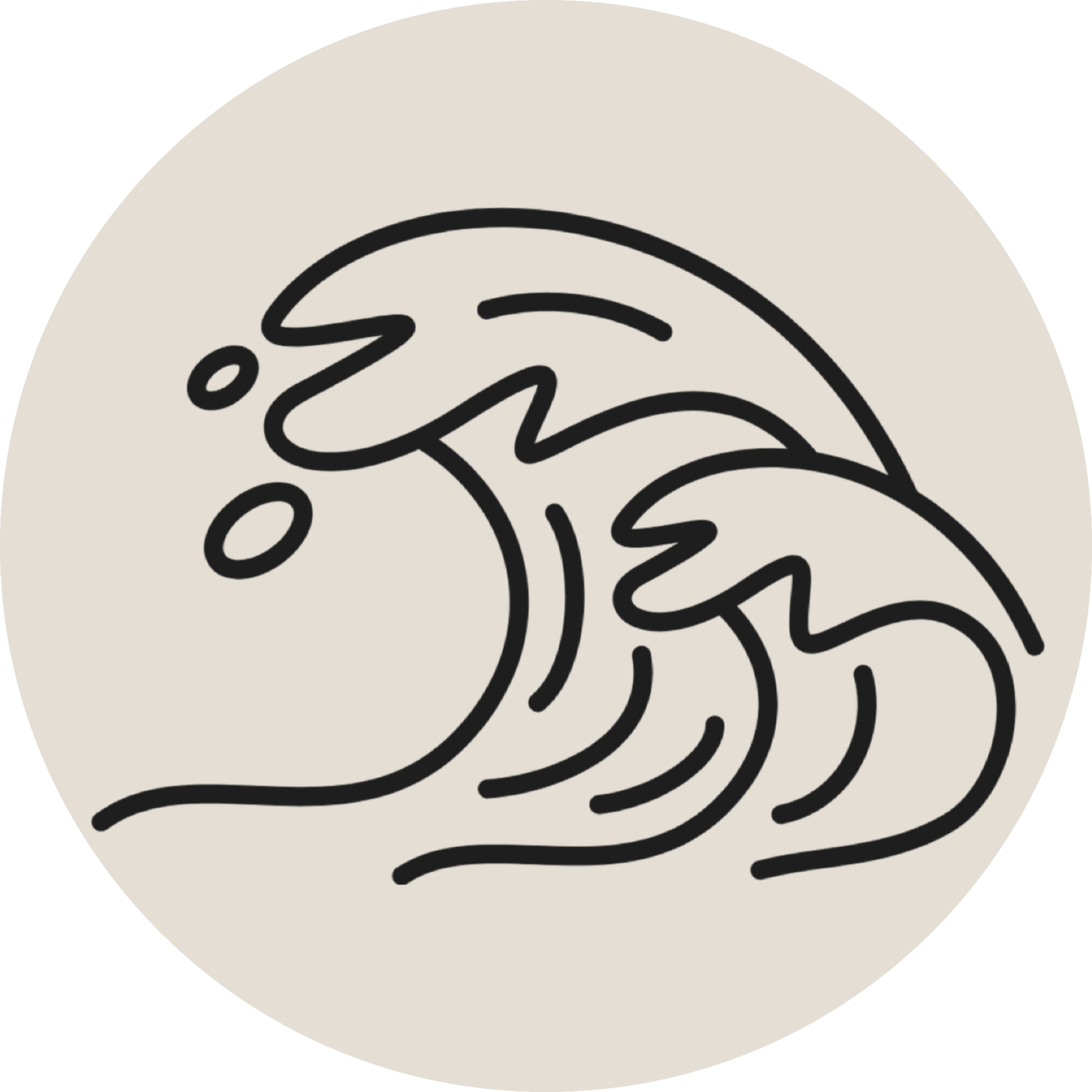Futurism
originated in Italy, this art movement sought to capture the dynamism, energy & speed of the modern age. Founded by the Italian poet Filippo Tommaso Marinetti, who published the Futurist Manifesto in 1909, Futurism was deeply influenced by the rapid technological advancements, urbanization, & social changes that defined the early 20th century. It’s approach was not limited to painting but extended into literature, sculpture, architecture & music, making it a comprehensive cultural movement that attempted to redefine art in the context of modern life. Visually, Futurist art was characterized by its fragmented forms, vibrant colors, & rhythmic compositions that emphasized movement & speed. Artists like Umberto Boccioni, Giacomo Balla & Carlo Carrà used techniques such as divisionism & overlapping planes to create the sensation of motion & convey the essence of dynamic energy.
Philosophically, Futurism was rooted in a rejection of the past, advocating for the destruction of museums & the glorification of contemporary experiences, war, & industrial power. This extreme ideology & its glorification of violence would later align with the rise of Fascism in Italy. Despite its controversial political associations & short-lived peak period, the movement had a profound influence on later avant-garde movements such as Constructivism, Dada & Surrealism, establishing a legacy that continued to inspire the exploration of modern themes & techniques in art well beyond its decline.



Gallery







names
Gustave Courbet
Édouard Manet
Honoré Daumie

